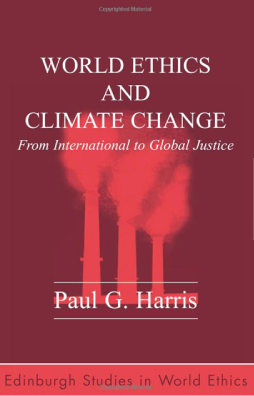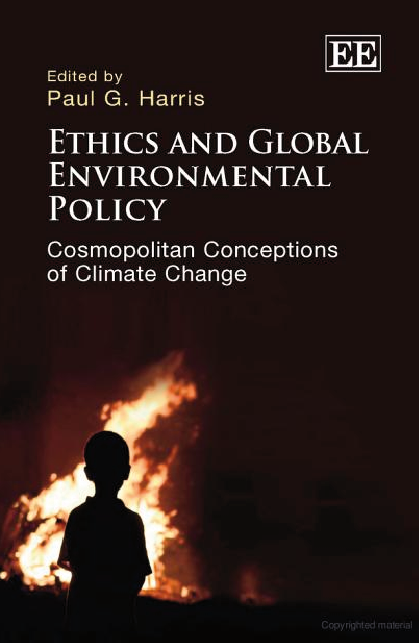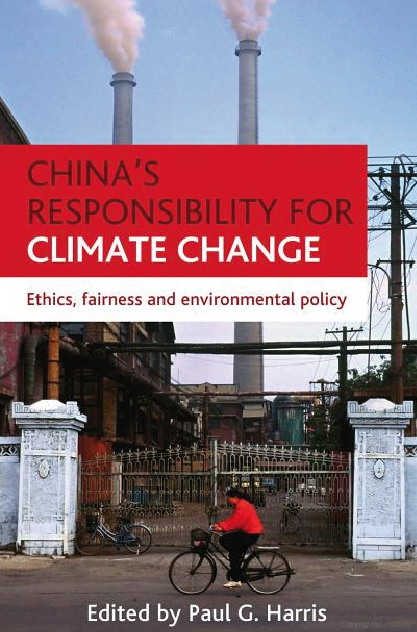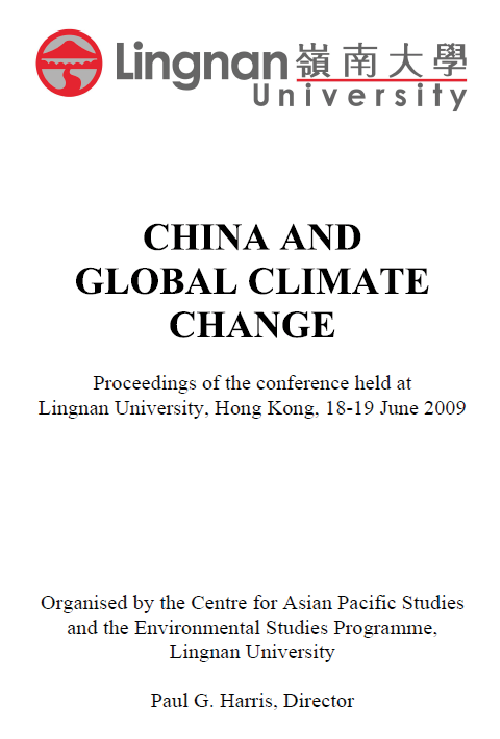For 30 years GCI has been focused by UNFCCC-Compliance.
UKMO & Major Feedbacks Omitted from models & RCP scenarios for IPCC AR5 (2015)
 Click logo to return to 'links-page';
Click logo to return to 'links-page';
Back to UNFCCC SubmissionBack to Signatory List
Dear Aubrey,
I'd be happy to endorse your proposal.
One thing I greatly admire is not just the C&C concept, but that you have been so diligent in promoting it for a very long time.
I recall more than one phone call to my office from you when I was working in London in the 1990s!
"Contraction and convergence is the only approach we have to reducing global greenhouse gas emissions that is both equitable and politically viable. Coupled with a diligent effort to widen conceptions of climate justice to include the rights and needs of the world's vulnerable individuals and communities, while requiring action on the obligations and duties of the world's affluent individuals, C&C is a pathway toward lowering emissions without leaving the poor behind."
Good luck!
All best,
Paul

Paul G. Harris,
Chair Professor,
Hong Kong Institute of Education.

"One increasingly popular proposal for action on climate change involves 'contraction and convergence' (Meyer 2000) which calls for per-capita emissions of each state to be brought to a level that is equal with other states and that the atmosphere can withstand, in practice meaning that emissions in wealthy countries would come down to a safe level (contraction) and in most developing countries would go up to that level (convergence). The notion of contraction and convergence is essentially based on egalitarianism (Heyward 2007: 526). The equal per-capita amount that the atmosphere can withstand is roughly l .5 tonnes carbon-dioxide equivalent per person per year, which compares with about 20 tonnes in the United States, on one end or the spectrum, and about 0.1 tonnes in Mali, on the other (Smith 2006: 97). What the cosmopolitan corollary would require is that this policy be implemented not only among states but within them as well. This would mean that while most people in rich countries would lower their greenhouse gas emissions to the globally safe per-capita level most people in poor countries would be allowed to increase their emissions to that level. A difference between this approach and international doctrine is of course that poor people in wealthy states would not bear an unfair burden. Conversely, while most people in poor and developing countries would be allowed to increase their greenhouse gas emissions to the globally safe level, a large minority of people - the affluent - in those same countries would be required to reduce them. The precise amounts set for people would reasonably and fairly depend on their circumstances. Some people are in no position to reduce their emissions, and some emissions over the safe per capita limit might be allowed for certain people if there is no alternative. At the same time, it is reasonable and probably necessary to expect some people to reduce their emissions below the globally safe level. The candidates for this requirement will be those who have polluted far more than they should have done already and who have the means (financial technological and so forth) to reduce their emissions below the globally safe level while still meeting their basic needs."
World Ethics and Climate Change: From International to Global Justice
Paul G Harris

Nigel Dower examines dimate change from the perspective of selected cosmopolitan theories. From these theories he derives the cosmopolitan resonsibiliyt of individuals. As he points out, even if cosmopolitanism can be translated into practical climate policies, individuals will have to take some responsibility for bringing about the needed changes. Put another way, cosmopolitan responses to climate change need to occur at the level of institutions, including what Dower calls cosmopolitical changes and at the level of 'active global citizenship engagement'. In examining the latter, Dower focuses on three questions: if effective international cooperation to address climate change is to be realized, how important is it to allow for a variety of pragmatic principles, such as precaution. 'contraction and convergence' and 'polluter pays', and how significant are ethical principles that different individuals and groups can accept? What is the nature and extent of the obligations of individuals with respect to climate change, particularly those whose lifestyles are carbon-intensive, here and now - prior to any changes in laws, regulations, economic incentives or social expectations? And what is the relevance of these individual obligations for the likelihood and legitimacy of government policies for addressing climate change?
Ethics and Global Environmental Policy: Cosmopolitan Conceptions of Climate Change
Paul G. Harris

Costs of emissions reductions will adversly impact the economies of some regions more than others. Dislocating coal jobs in the poorer regions will have a greater political-economic impact than on the wealthier coastal and urban regions where the energy from coal is primarily used. As Hu (2009) argues, it is the wealthier regions that need to make the reductions first, allowing interior and western regions to continue developing while the wealthier regions taken on the burden of beginning the process of contraction and convergence across sectors. In developing a national C&C roadmap, China's governance will require a scalar methodology of oversight resembling the approach introduced as the climate box. Ensuring that this box is tightly sealed is a difficult problem for the Government, as emissions slippage will almost certainly occur at multiple levels. Furthermore, each of these scales of governance represents an opportunity for intervention by foreign governments, non-governmental organisations, firms and other parties that have an interest in seeing China converge its CO2 output and contract towards the nations fair share of global emissions. The primary challenges facing China will be on-site compliance and accountability of climate strategies, and the developments of more robust forms of public participation to ensure that they are measurably effective.
China's Responsibility for Climate Change:
Ethics, Fairness and Environmental Policy - Paul Harris
Ethical issues across scales of governance in China in moving towards Contraction and Convergence |
||
|---|---|---|
SCALE |
ETHICAL OBLIGATIONS |
POLICY GOALS |
| Global | Global safe levels met |
Ensure participation in and support of global climate regime and that safe levels of CO2 are met. |
| Regional | Assuring fair share with regional partners, in this case East Asia. |
Responsibility to manage regional carbon flux and industrial outputs between cooperating nations |
| National | Ensure nation’s just/fair share of global emissions. Addressing independent responsibility to act and bring emissions to fair share. |
Ensure compliance at all scales below. Determining directives for energy sector, infrastructure, innovation, and technology transfer. |
| Intra- national |
Cooperative and procedurally fair planning across provinces and ecosystems. Ensuring emissions spillover does not occur. |
Emissions balance across regions within China on economic and ecosystem based collaborations, and encouragement of collaboration between urban regions. |
| Provincial | Determination of fair share amongst provinces and ensuring fair share even if growth is sacrificed. |
Ensuring fair share even at cost of growth. Implementing provincial level emissions caps. Increasing procedural capacity and representation of participation of various levels of authority. |
| Urban/ Regional |
Ensuring cost-effective reduction method and active planning goals around CO2 reduction. |
Planning goals for urban development, antisprawl measures, coherent trans-portation networks, inter-urban collaborations. |
| Urban/ Local |
Ensuring on the ground implementation of larger scale development and fighting unregulated development. Improvement of local participation in procedural process. |
Strict implementation of planning codes. CO2 reduction in project choice. Support for choosing green buildings. Controlling developers. Improving insulation in buildings. |
| Firms/ Business |
Ensuring firm or business is complying with CO2 regulation and that emissions leakage is not happening internally. |
Increasing CO2 reduction compliance. Installing cleaner more energy efficient technologies. Demanding proof of compliance with other partner firms. Engaging in robust technology transfers for efficiency gains. |
| TVEs | Enforcing cleaner production and adoption of cleaner technologies. Ensuring compliance on the ground. |
Implementing clean evelopment and production strategies on the ground. Most difficult regulatory issues here, and impetus for business as usual is strongest. |
| Individual | Reducing personal GHG footprint as much as possible. |
Conscious effort of consumption habits. Changing personal preferences and habits. Understanding carbon footprint in every dimension. |
Moving forward, dimensions of Chinese carbon governance will need to work coherently together across scales if contraction and convergence towards a national cap is to be implemented properly and cohesively, without further exacerbating problems around the distribution of harms and benefits, particularly to poorer regions.
Conference on China and Global Climate Change - Lingnan University Hong Kong 2009
Proceedings edited by Paul Harris
